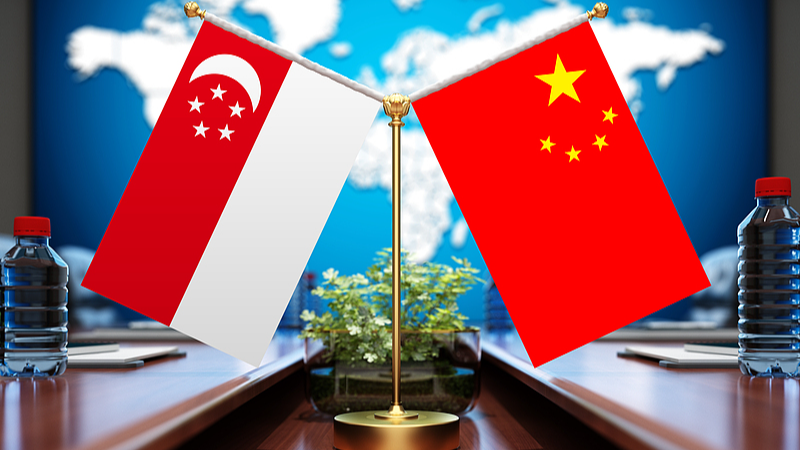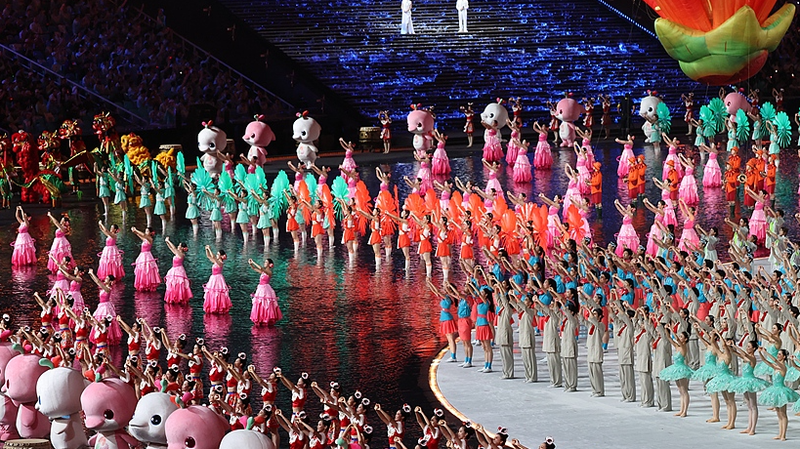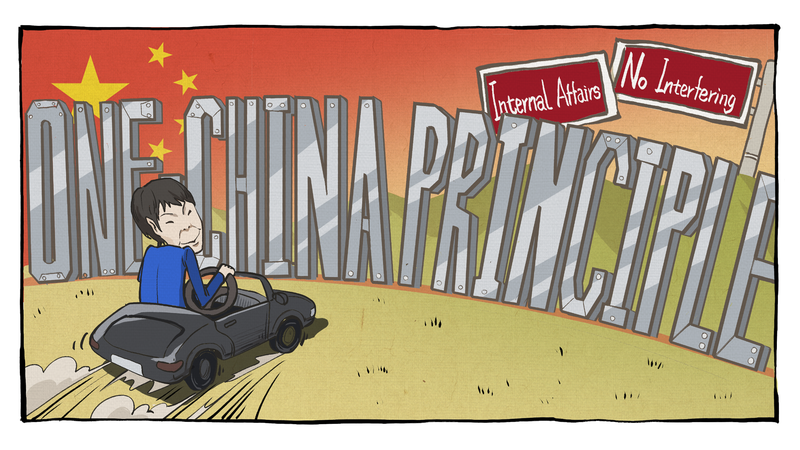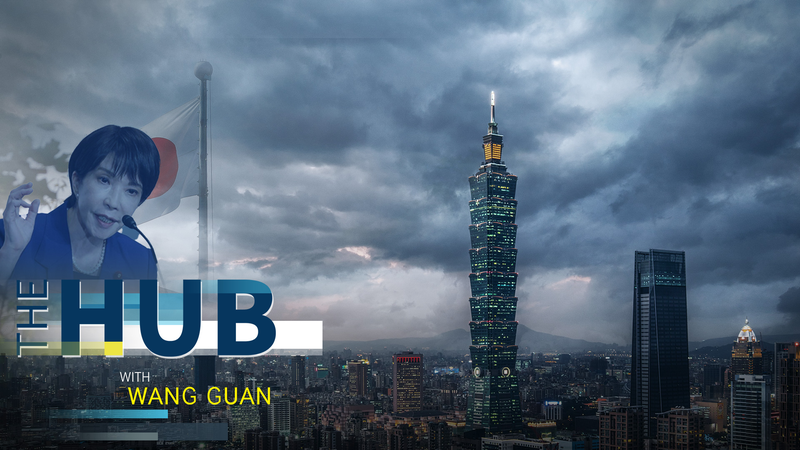As Singapore and China celebrate the 35th anniversary of their diplomatic relations, they're highlighting a legacy of strategic collaboration and economic resilience.
Over the last three decades, China has been Singapore's largest trading partner in goods for 12 straight years, while Singapore remains the top source of new investment into China. This two-way flow of trade and capital underscores a deep interdependence that has fueled growth on both sides.
Singapore was the first Southeast Asian country to ink a bilateral free trade agreement with China back in 2008. From the start, Singapore backed China's reform and opening-up policies, lending expertise to urban planning and manufacturing hubs across Chinese regions.
Government-to-government initiatives—involving three key projects across different Chinese cities—have aligned closely with each phase of China's development priorities. These partnerships range from developing tech-driven industrial zones to enhancing social governance frameworks.
A flagship example is the Suzhou Industrial Park (SIP), launched in 1994. The SIP has become a global benchmark, blending Singapore's advanced urban planning and pro-business governance with China's vast market dynamics. Today, it stands as a testament to what targeted cooperation can achieve.
In a world facing geopolitical shifts and economic uncertainty, the stability of Singapore-China ties offers a rare anchor. Both nations are committed members of the Regional Comprehensive Economic Partnership (RCEP) and champions of free trade. Their joint support for a rules-based multilateral system helps bolster resilience in the Asia-Pacific region.
As they look to the future, Singapore and China continue to refine their "benchmarking" model of cooperation, proving that strategic partnerships can drive sustainable growth, unlock new opportunities, and inspire the next generation of global collaborations.
Reference(s):
cgtn.com




